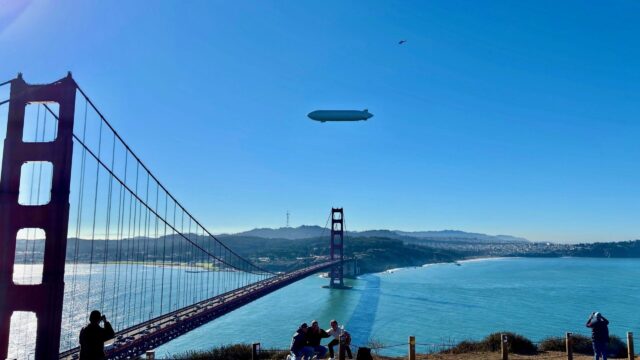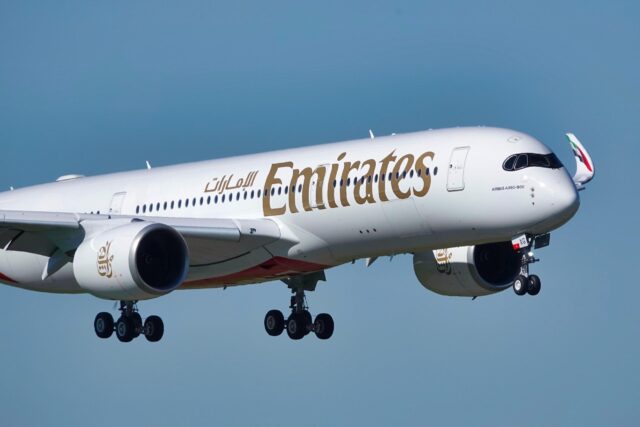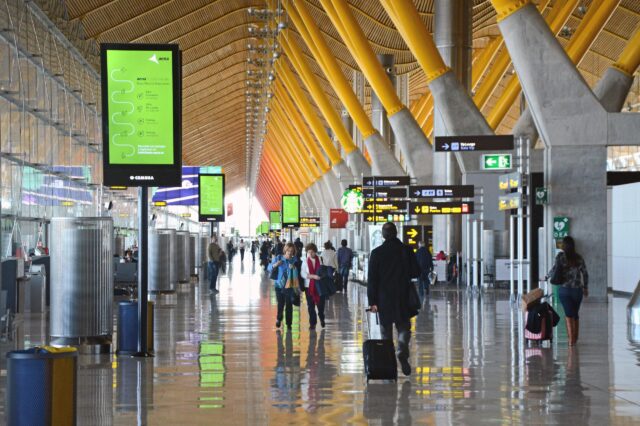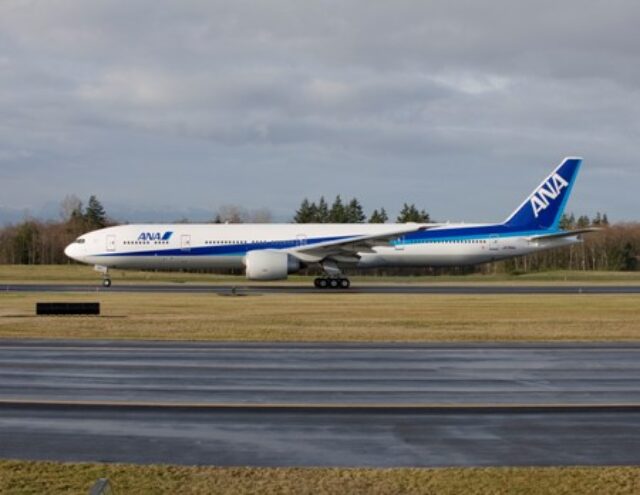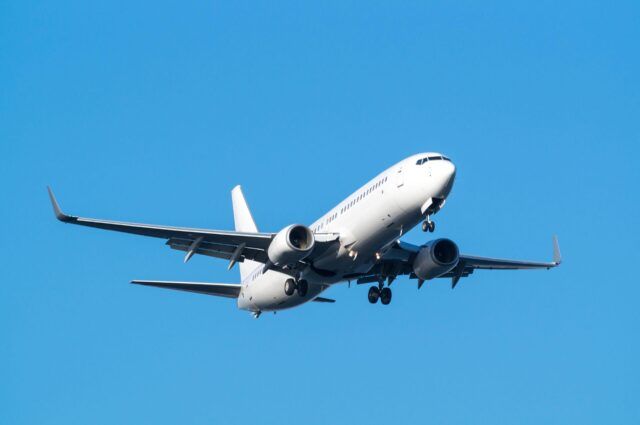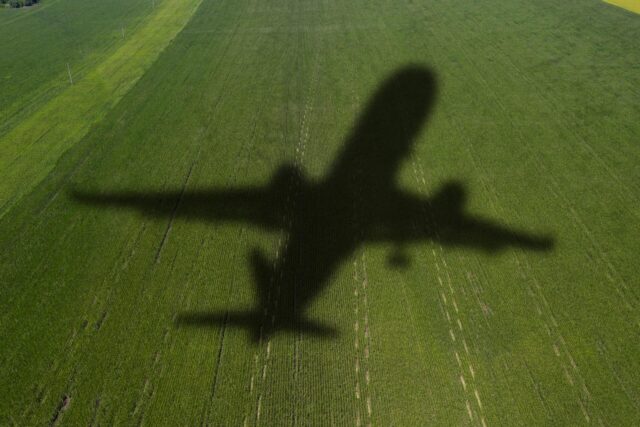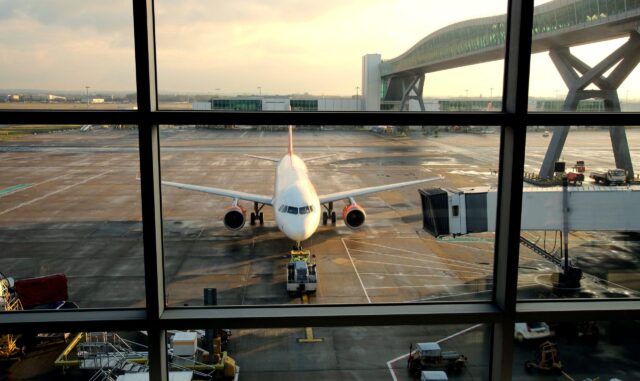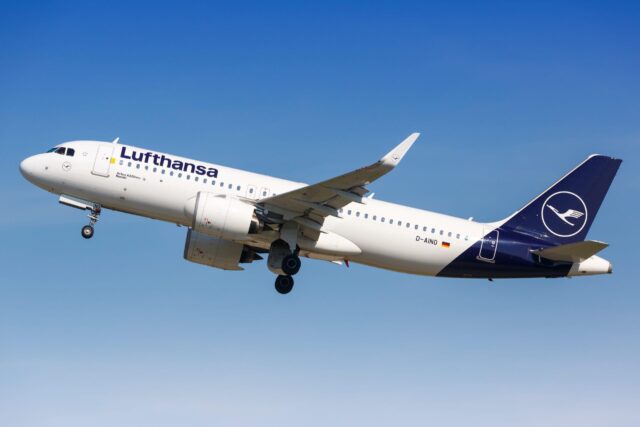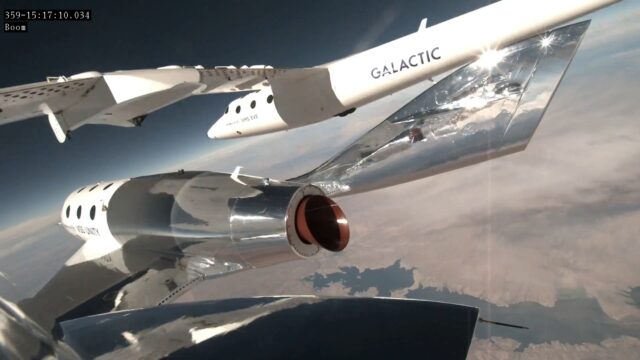Moody’s positive about largest aerospace and defence companies

The 25 largest aerospace and defence companies are set to see operating profits grow by an average of 7% from 2024-2025, Moody’s Ratings has predicted.
However, the financial services company added that the growth of the companies that it rates will be uneven, with supply chain issues continuing to impact the potential growth over the next 18 months.
But with geopolitical tensions rising around the world, defence focused companies can expect to see operating profit growth of 6%-7%.
The news comes in the latest outlook report for the two sectors which also predicts that commercial aircraft deliveries will increase in 2025 and beyond after a slight reduction in 2024.
While it noted that both Boeing and Airbus have strong order books, quality issues at Boeing and its supplier Spirit AeroSystems are hampering the increase in narrow-body aircraft production in North America.
Meanwhile, Airbus has its own problems to deal with as ongoing supply chain constraints limit production growth.
These factors, combined with increasing flying hours, is leading to aircraft shortages and will keep civil aftermarket demand very robust, the report added.
On the other hand, with global defence budgets growing, demand for defence equipment modernisation and stock replenishment is rising, supporting the positive outlook.
Moody’s said prospects are strongest for companies with higher exposure to shorter cycle products like ammunition and weaponry.
Despite the positive outlook, Moody’s added US defence budget growth will stall in the next fiscal year and bears the risk of political shift following the presidential election in November 2024.
In addition, it expressed concerns that Europe’s strained public finances also pose risks which could limit further defence spending increases.
Drilling down, the report predicts that industry-wide post-pandemic supply chain bottlenecks will continue in the next 12 to 18 months.
With logistical bottlenecks easing more slowly than expected the parts shortages will persist, leading to working capital outflows as companies build up inventories.
Labour productivity is also slowing production ramp up, while high inflation can fuel labour disputes.
The report warned that combined with the concentrated supplier base and lack of viable subcontractors in certain areas, these issues are exacerbating production and quality problems across both aerospace and defence.
While the positive prediction remains, Moody’s added it will change the outlook to stable if it expects large commercial aircraft deliveries to remain flat, defence spending to grow less than 3% annually or annual operating profit growth of 0%-4%.
Should Moody’s staff expect large commercial aircraft deliveries to fall below 2022 levels, annual defence spending to fall by more than 2% or operating profit to decline then they will downgrade the outlook to negative.
